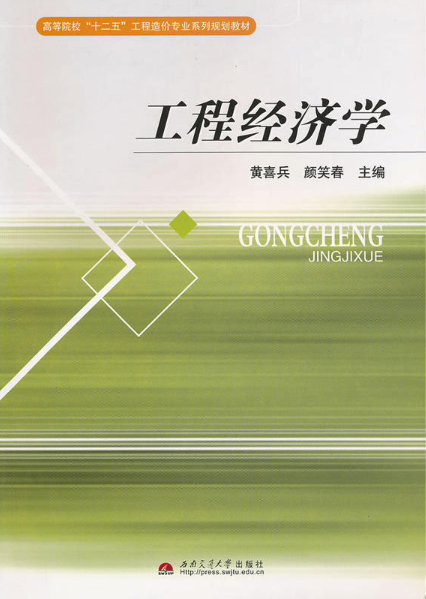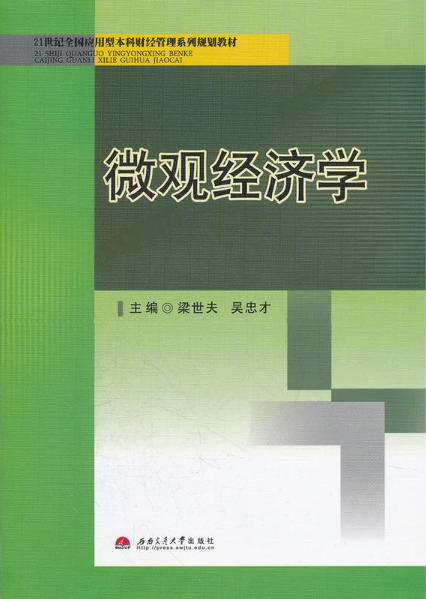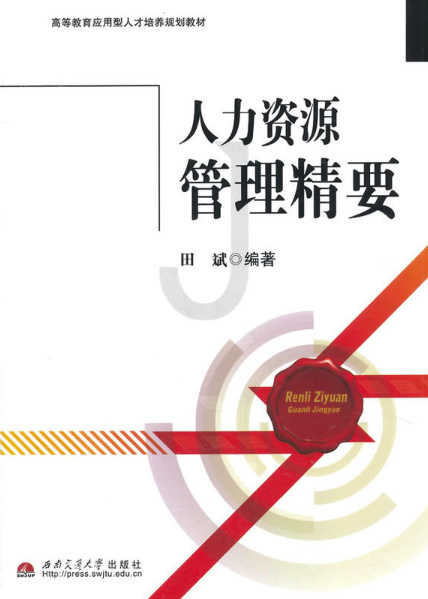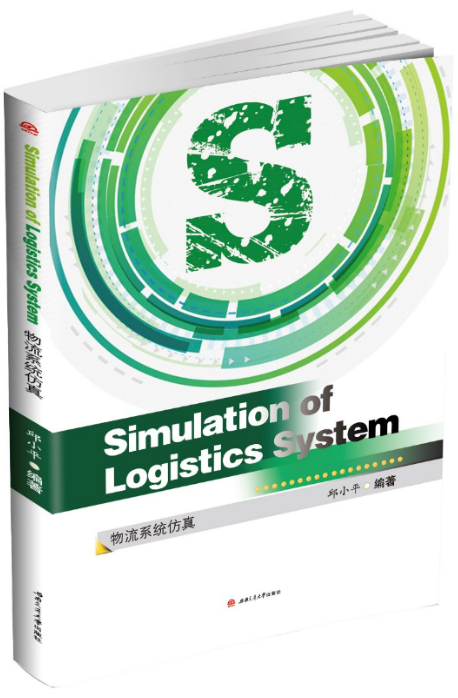-

-
 微观经济学
微观经济学作者:梁世夫, 吴忠才
本书为21世纪全国应用型本科财经管理系列规划教材。系统论述了微观经济学的基本知识和基本理论,主要包括价格理论、生产理论、成本理论、市场理论以及微观经济学政策等。本书内容丰富、案例典型充分、资料完尽、体系完整、通俗易懂,适合做本科相关专业教材。
-
 人力资源管理精要
人力资源管理精要作者:田斌
本书为高等教育应用型人才培养规划教材套书的一本,是为配合我国远程教育需要而编写的。全书涵盖了人力资源管理的主要模块,即人力资源规划、人才招聘与人才选拔、绩效考核等。针对远程教育、在职学习的学习特点,以生动、浅显易懂的语言介绍了人力资源管理学科基础性的概念、知识点及相关理论;并辅以小故事、扩展资料和案例,让学生能够灵活运用。全书共分7章,各章都配有相关习题与参考答案,最后精选了代表性的劳动人事法规列示附录。本书不仅适合基于远程教学的经济管理类专业的大专生或者本科生使用,也同样适合对人力资源管理感兴趣的其他专业本科生、研究生,各类管理干部学院学生,政府部门、企事业单位的管理人员以及有志于从事人力资源管理的朋友阅读学习。
图书分类
Book classification- 仿真是利用模型研究系统的重要方法之一,随着计算机技术的发展和人们对各领域研究的深入,系统仿真技术日臻成熟,应用领域不断扩大。本书为全英文教学,共分九章,前六章主要介绍物流系统仿真的原理及方法,后三章主要是介绍基于AngLogic的仿真操作,即运用软件平台进行物流系统仿真的步骤与方法。通过本书的学习,读者可以掌握物流系统仿真的基本原理,同时还可掌握实际系统仿真的步骤与方法,可作为高等院校系统工程、物...查看更多
- 1.1 Systems and System Model
A system is a set of interacting or interdependent components forming an complex/...查看更多
- Foreword
Simulation is one of the most important methods utilizing models to study system. Simulation technology has ...查看更多
-
CONTENTS
Chapter 1 Outline - 1 -
1.1 Systems and System Model - 1 -
1.2 System Simulation Outline - ...查看更多 - 邱小平,男,博士后,西南交通大学交通运输与物流学院教授。2004年6月在西南交通大学获交通信息工程及控制专业工学博士学位,后在西南交通大学管理科学与工程博士后流动站工作





